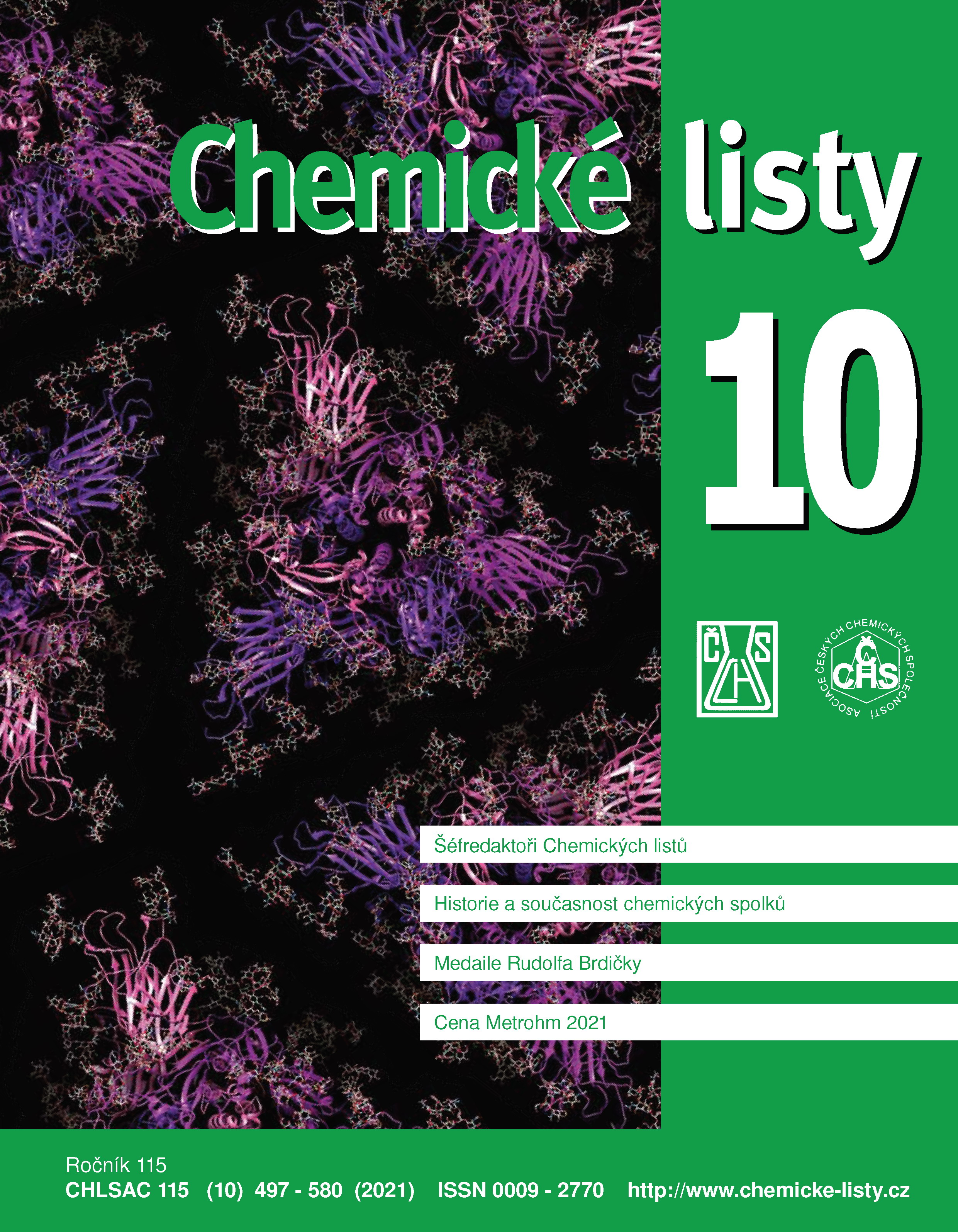Gonadoliberin (Gonadotropin-Releasing Hormone), Its Agonists and Antagonists
Keywords:
GnRH analogues, GnRH agonist, GnRH antagonist, hormones, therapyAbstract
Nowadays, analogues of gonadotropin-releasing hormone are among the standard drugs in several indications, often using modern dosage forms. Globally, their market is estimated at billions of $ annually. This review article summarizes basic information on the relationship between structure and effect, pharmacology, and application of gonadotropin-releasing hormone and its synthetic analogues. Due to their properties, namely a higher efficiency and a higher binding affinity for the gonadotropin-releasing hormone receptor compared to native gonadotropin releasing hormone, the analogues have found applications in the treatment of many diseases, where it is necessary to suppress the secretion of gonadotropins and sex hormones. They are usually indicated for the treatment of cancers of various origins, premature puberty or artificial insemination. Due to their peptide nature, they are not administered orally, but require injection or intranasal administration. Compared to agonists, antagonists show faster onset of action and the absence of the so-called flare-up phenomenon, i.e., temporarily increased serum levels of lutropin, follitropin and, consequently, of testosterone and estradiol.





